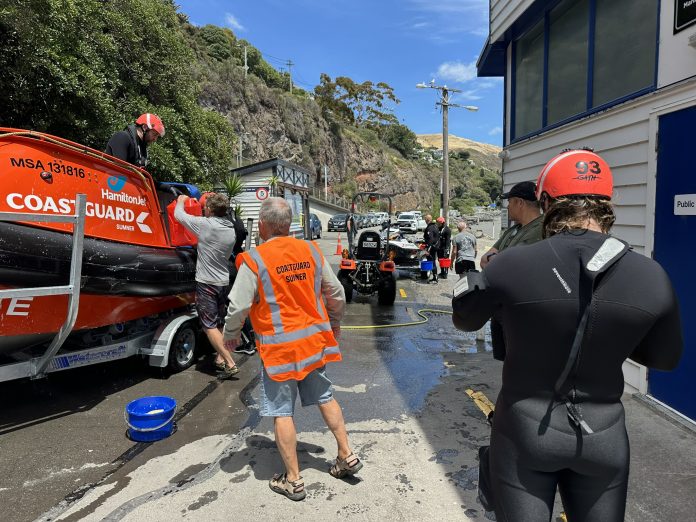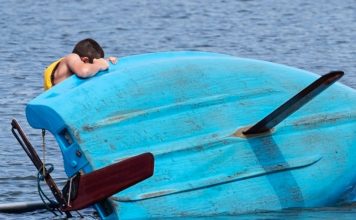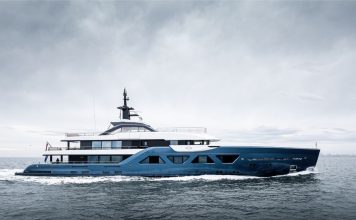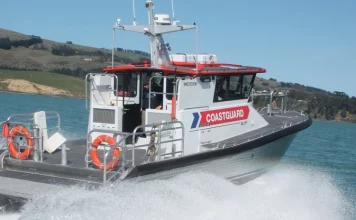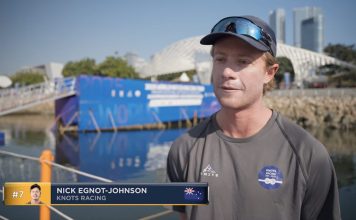
The modern inflatable dinghy has a rather interesting history, with its origins going back to ancient animal skins filled with air being used as one-man floats to cross rivers.
Moving forward a few thousand years, Thomas Hancock and Charles Goodyear discovered the process to vulcanise rubber in 1838. Vulcanisation stabilised the rubber, making it both durable and flexible, allowing a whole host of new products and industries to be born.
Innovation a-hoy

Lieutenant Peter Halkett, an officer in the Royal Navy, designed the first successful inflatable boat in 1845. His design acted as a waterproof poncho or cloak until inflated, when it became a one-man boat. A special pocket held bellows for inflation, a blade turned a walking stick into a paddle, and a special umbrella could also double as a sail. Halkett later developed a two-man boat which when inflated, could carry two people operating a paddle on each side. Sadly the Admiralty was sceptical about Halkett’s designs, saying to him “Your invention is extremely clever and ingenious – but we do not consider that it would be made applicable for general purposes in the Naval Service”.
Despite the Admiralty‘s scepticism, by 1855 there were many different types of inflatable craft in use, some made by Goodyear in the U.S. and other surprisingly modern-looking boats by the Thomas Hancock Company in Britain.
Improved processes and materials

Around 1900 advances in rubber manufacturing made it possible to build more durable inflatables, however they tended to split at the seams and folds due to poor manufacturing processes.
Despite these problems, German Albert Meyer developed an improved inflatable design in 1913, marketing it as a ‘pneumatic boat’, and selling nine to the German Army as assault craft.
From airships to inflatables
The modern inflatable was invented independently by RFD in England and Zodiac in France, brought about by the development of rubber-coated fabrics that had initially been used in dirigible (airship) fabrication.
Reginald Foster Dagnall, English designer and founder of RFD, switched from airships in 1919 to the development of inflatable boats. At the same time French airship manufacturer Zodiac also made the decision to redeploy its resources into developing air-filled rubber boats, and in 1934 designed an inflatable catamaran, which led on to the modern day Zodiac inflatable.

Maas-‹bergang bei Aiglemont. ‹bersetzen im Floss-Sack.
Aufnahme am: 14.5.1940
Ort: bei Aiglemont, 3 km ostw. Charleville
Land: Frankreich
World War II
By 1939 new materials were invented, revolutionising inflatable boat manufacturing. The refinement of neoprene, a synthetic with excellent air-holding capabilities, combined with new manufacturing processes, allowed boat tubes to be more rigid and have various shapes.
During World War II Allied and Axis powers began using rubber life rafts in many different ways, including transporting cargo, saving crews of aircraft that ditched in the sea and invading new countries. Popular with the British Commandos, US Marines and German Wehrmacht, they allowed troops to make landings in shallow water, and their compact size and storability made transport easy.

Post World War II, surplus inflatable boats were sold to the public, making them highly accessible to everyday boaties.

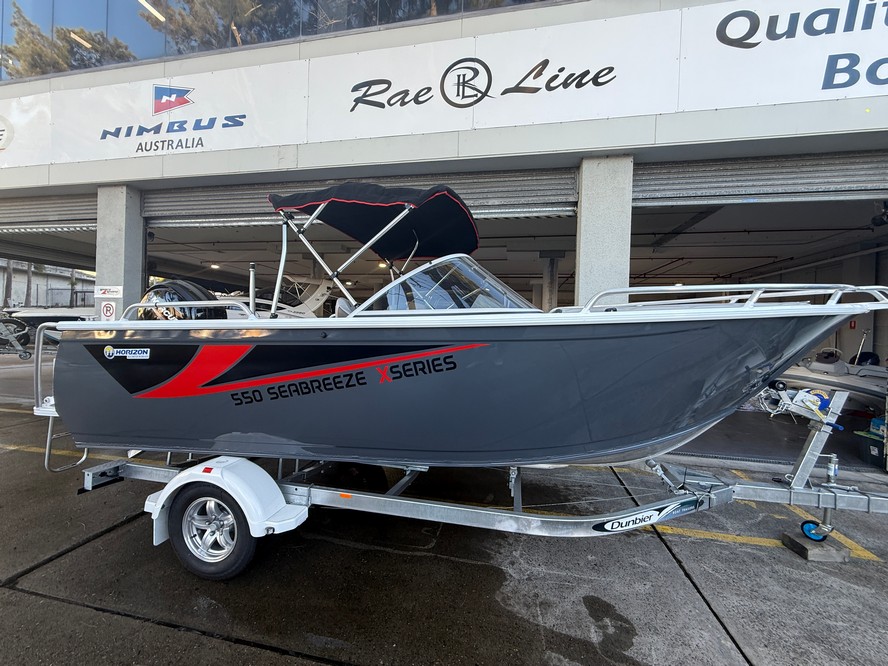
During the 1950s, French Navy officer and biologist Alain Bombard was the first to combine the outboard engine, a rigid floor and a boat-shaped inflatable. When his good friend and diver Jacques Cousteau trialled the setup, he was convinced by the shallow draught and proven performance to make it his standard expedition tender.
Business in the 1950s boomed for Zodiac, however lacking the manufacturing capacity to satisfy demand, it licenced production in the early 1960s to numerous companies in other countries.
Today, inflatable dinghies are ubiquitous, playing all sorts of roles, from life-saving to leisure, on almost every waterway on the planet.












